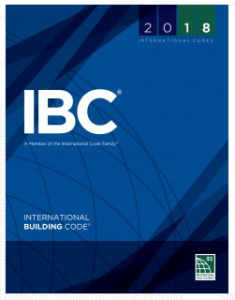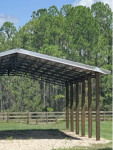Loyal blog reader and video watcher DANIEL in SULPHUR writes:
“What practices are best for increasing wind rating of a post frame building? My goal is to build a post frame home to withstand 150+ mph winds. I live on the gulf coast and hurricanes are a serious threat, I know I can’t make my building hurricane proof but I’d like to get it real close. My build site is surrounded by trees so I know that helps. Examples might be: -In ground posts vs wet set brackets -Smaller distances between posts and trusses 8 ft centers vs 12 ft centers – Additional trusses. Thank you for your blogs and videos I’ve read a bunch of them and watched almost every video!”
Daniel ~Thank you for reaching out to me and for being a loyal follower! It is greatly appreciated.
We have provided fully engineered post frame buildings with design wind speeds of 170 mph (and could do in excess of 200 mph) and Exposure D (fully exposed to ocean winds). If your building site is fully protected on all four sides by trees, hills or other buildings 30 feet or greater in height, then you would technically be Exposure B for wind, however if you think they might every be removed in any direction (either purposefully by mankind or due to a hurricane) it might be prudent to opt for an Exposure C design. An Exposure C design makes your building roughly 20% more wind resistant than Exposure B (but does not require a 20% greater investment).
Our structural design software has been developed by our programmers under watchful eyes of our engineers and it checks every component and connection for structural adequacy for any given load combination. Merely reducing column spacing, having larger columns, more trusses, etc., will not make any difference, if even just one small connection happens to be under- designed. Our system allows us to incrementally adjust design wind speeds even one mph at a time, so we can provide you with numbers for a plethora of different design wind speeds so you can make a fair determination of what you are willing to invest.
Your weakest link is going to be windows, if enough of them get blown in (or more likely sucked out) it will increase wind pressures inside of your building shell by roughly a third – this is most often what causes those dramatic photos of roofs having been sucked off from buildings after traumatic wind events. While I have not used them myself, I have been interested in offerings from www.RiotGlass.com. While I doubt it is a cheap investment, if it keeps your home intact it could certainly be worth your looking into further.
As far as your building shell itself, embedded columns are more likely to survive a catastrophic wind event than wet set brackets would, due to continuity of materials and not having to rely upon a connection at ground level.









